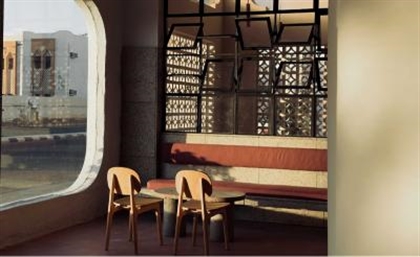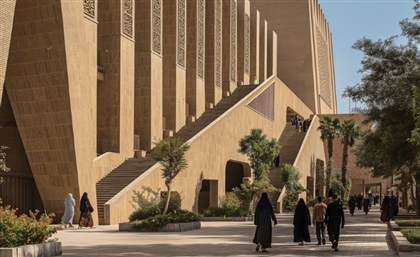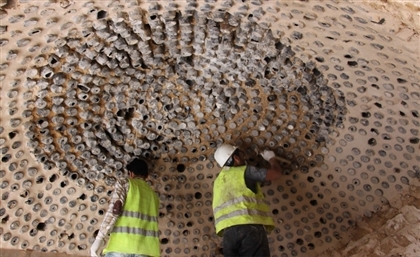Dust: Egypt’s Forgotten Architecture Captured by Xenia Nikolskaya
In this revised and expanded book, Nikolskaya caters to the growing interest in modern Egypt’s architectural heritage.
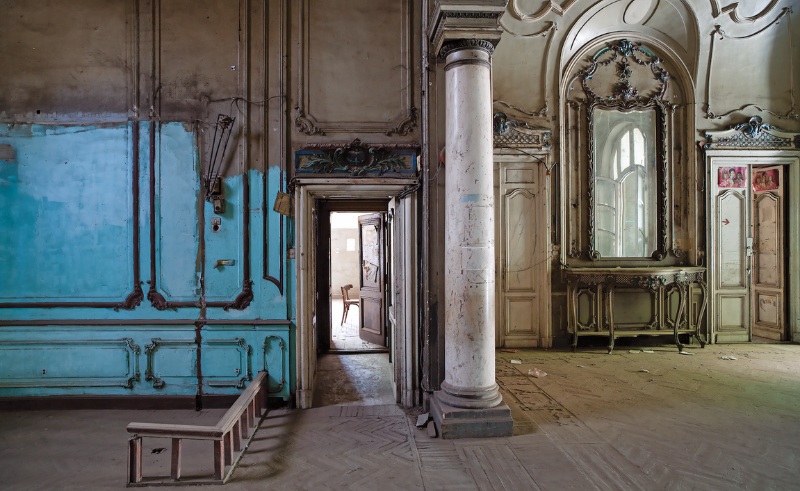
While a growing number of Egypt’s historic palaces and grand buildings have recently been getting their long-awaited renovations, this wasn’t always the case. In fact, many still wait empty, abandoned and frozen in time with their aesthetics fading, and some are no longer around. Xenia Nikolskaya, a Cairo-based Russian-Swedish photographer, has put together a breathtaking photographic compilation of such structures in ‘Dust: Egypt’s Forgotten Architecture, Revised and Expanded Edition’. This AUC Press title builds on a first edition that garnered world-wide critical and curatorial attention, becoming a rare collector’s item in 2012.
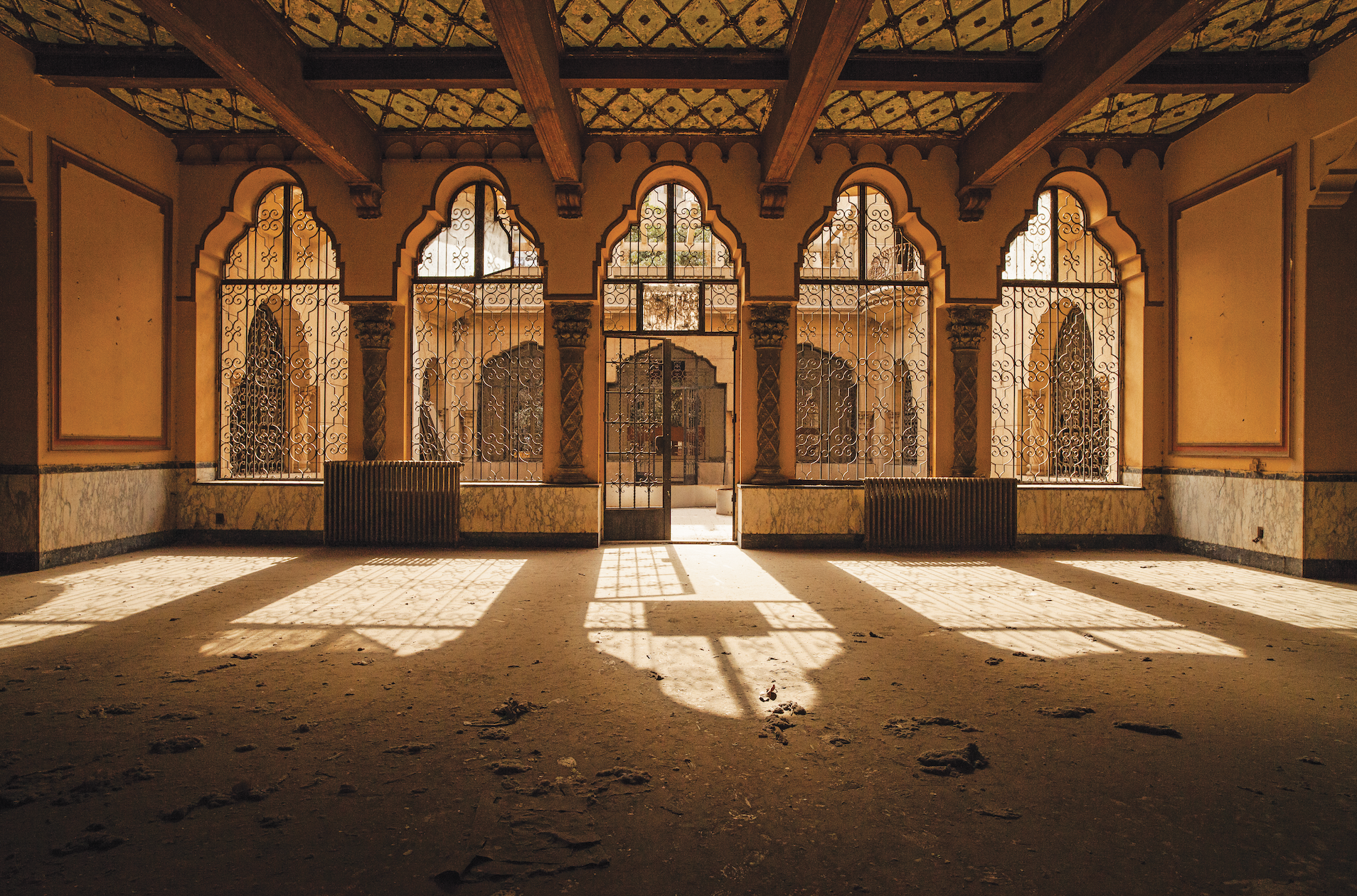 In 2006, the award-winning photographer wandered throughout Egypt - from Cairo, Alexandria and Port Said, to Minya, Luxor and Esna - to capture interiors that belonged to the country’s belle epoque. This period of architectural extravagance lasted between the 1860s and the 1950s, when Egypt’s metropolises witnessed a massive surge in construction, giving birth to a plethora of iconic structures that range in style from the Beaux-Arts and Art Deco to the Neo-Islamic and Neoclassical.
In 2006, the award-winning photographer wandered throughout Egypt - from Cairo, Alexandria and Port Said, to Minya, Luxor and Esna - to capture interiors that belonged to the country’s belle epoque. This period of architectural extravagance lasted between the 1860s and the 1950s, when Egypt’s metropolises witnessed a massive surge in construction, giving birth to a plethora of iconic structures that range in style from the Beaux-Arts and Art Deco to the Neo-Islamic and Neoclassical.
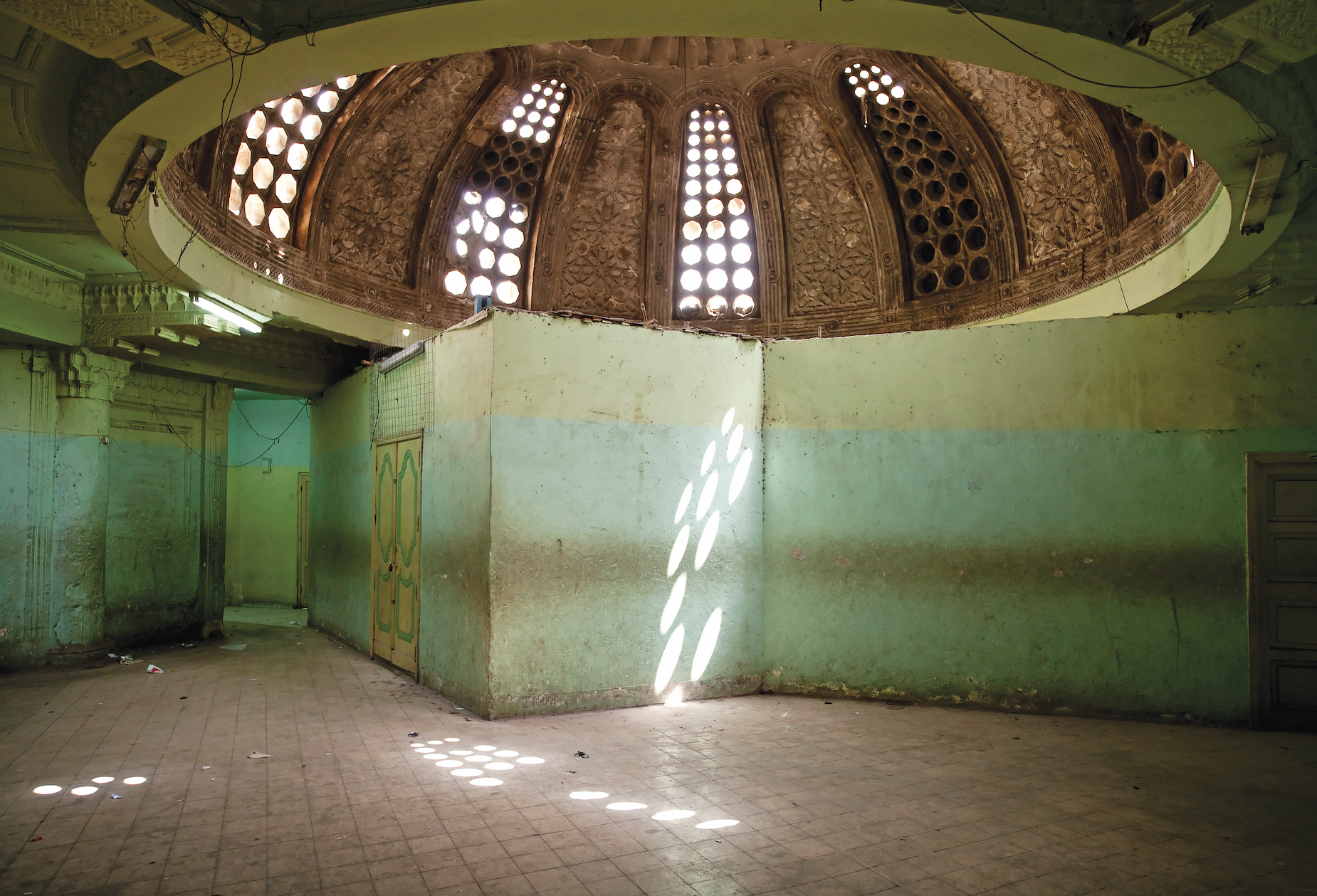 Captivating readers with history-rich architectural imagery, Dust’s expanded edition features unseen photographs taken between 2013 and 2021, presenting even more portals into Egypt’s distant and recent past. It also includes unpublished essays by Heba Farid, co-owner of Cairo-based photo gallery Tintera, and architect and urban planner Omar Nagati, co-founder of Cluster, an urban design and research platform.
Captivating readers with history-rich architectural imagery, Dust’s expanded edition features unseen photographs taken between 2013 and 2021, presenting even more portals into Egypt’s distant and recent past. It also includes unpublished essays by Heba Farid, co-owner of Cairo-based photo gallery Tintera, and architect and urban planner Omar Nagati, co-founder of Cluster, an urban design and research platform.
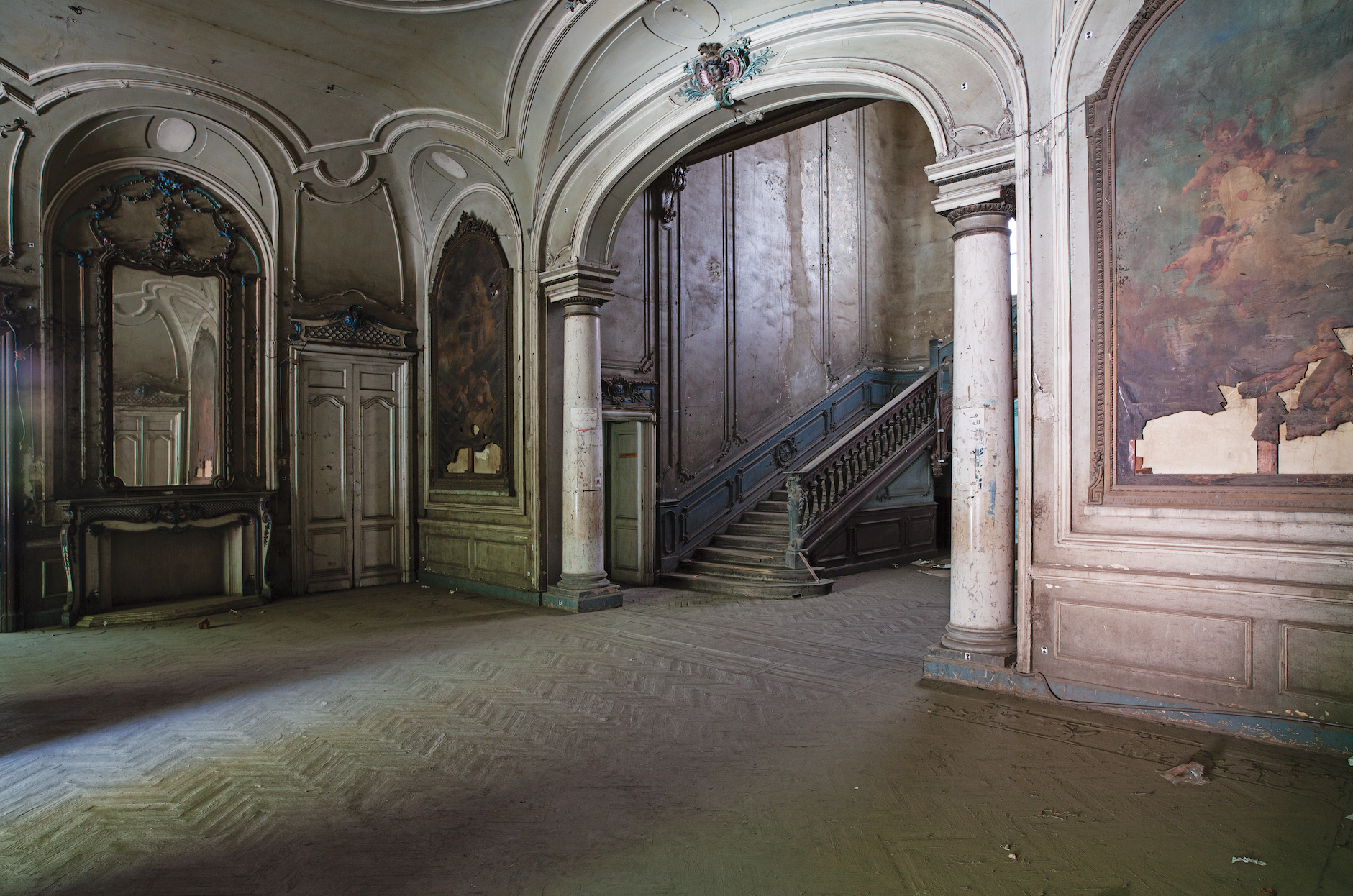 “Dust was not just about the discovery of buildings, but of the spaces and times locked within these locations,” Nikolskaya writes in her preface. Facades in Egypt are commonly appreciated, and rightly so, yet the photographer’s focus was solely on interiors. “Since the exteriors of the buildings would indicate the architectural style and might contain information about the place and time of the photograph, I purposefully tried to eliminate all images with Arabic signage or anything that might ground the image in a particular temporal or geographic location, with only one exception.”
“Dust was not just about the discovery of buildings, but of the spaces and times locked within these locations,” Nikolskaya writes in her preface. Facades in Egypt are commonly appreciated, and rightly so, yet the photographer’s focus was solely on interiors. “Since the exteriors of the buildings would indicate the architectural style and might contain information about the place and time of the photograph, I purposefully tried to eliminate all images with Arabic signage or anything that might ground the image in a particular temporal or geographic location, with only one exception.”
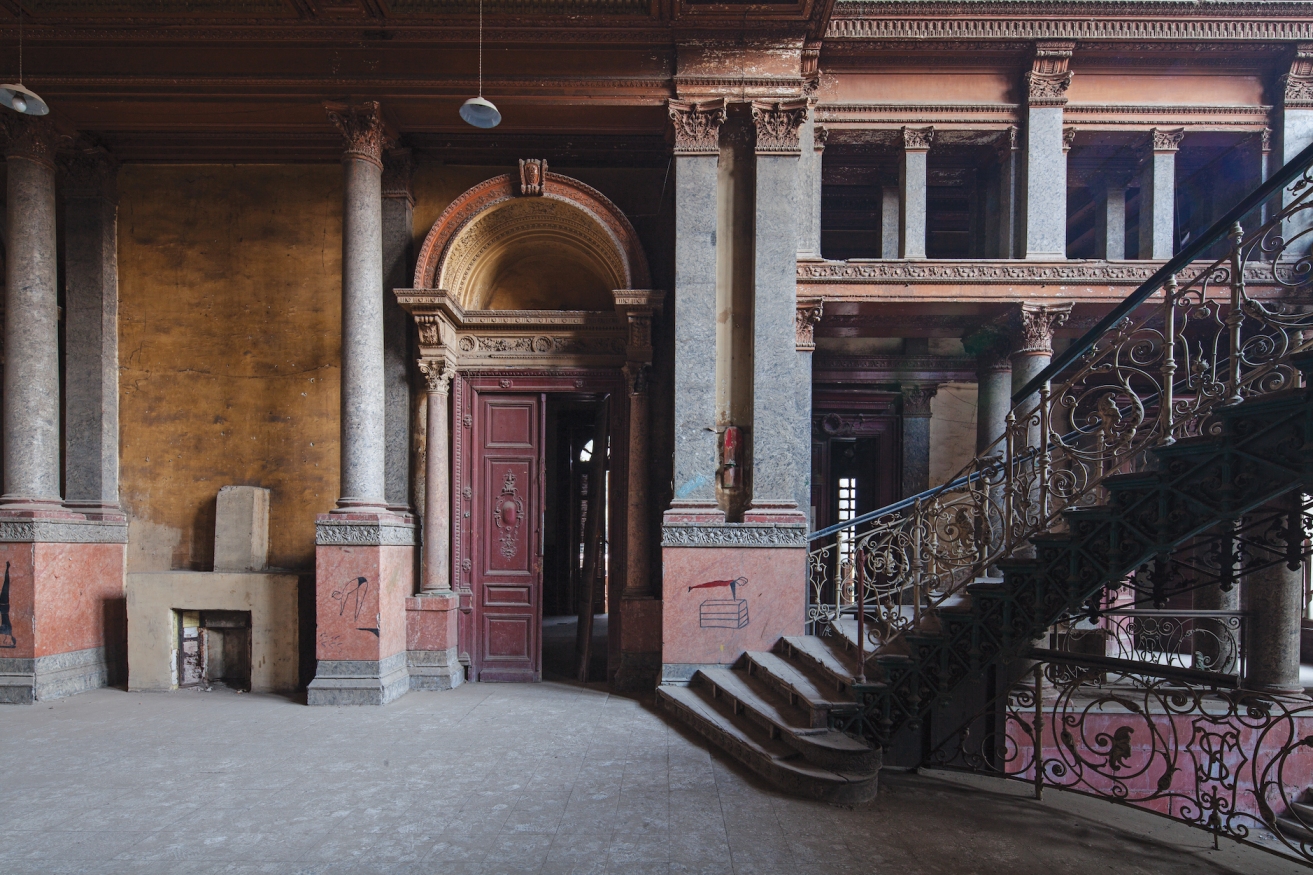 Historical palaces in Egypt are often turned into cultural hubs over time, and the cover of Dust’s first edition, ‘Classroom, Prince Said Halim Palace, Cairo, 2007’ was the exception to Nikolskaya’s approach, portraying how a space in the palace was adapted to the needs of a classroom. Images of the aforementioned palace, as well as others like Villa Casdagli in Garden City, Cairo, have their dilapidated state presented in the expanded edition.
Historical palaces in Egypt are often turned into cultural hubs over time, and the cover of Dust’s first edition, ‘Classroom, Prince Said Halim Palace, Cairo, 2007’ was the exception to Nikolskaya’s approach, portraying how a space in the palace was adapted to the needs of a classroom. Images of the aforementioned palace, as well as others like Villa Casdagli in Garden City, Cairo, have their dilapidated state presented in the expanded edition.
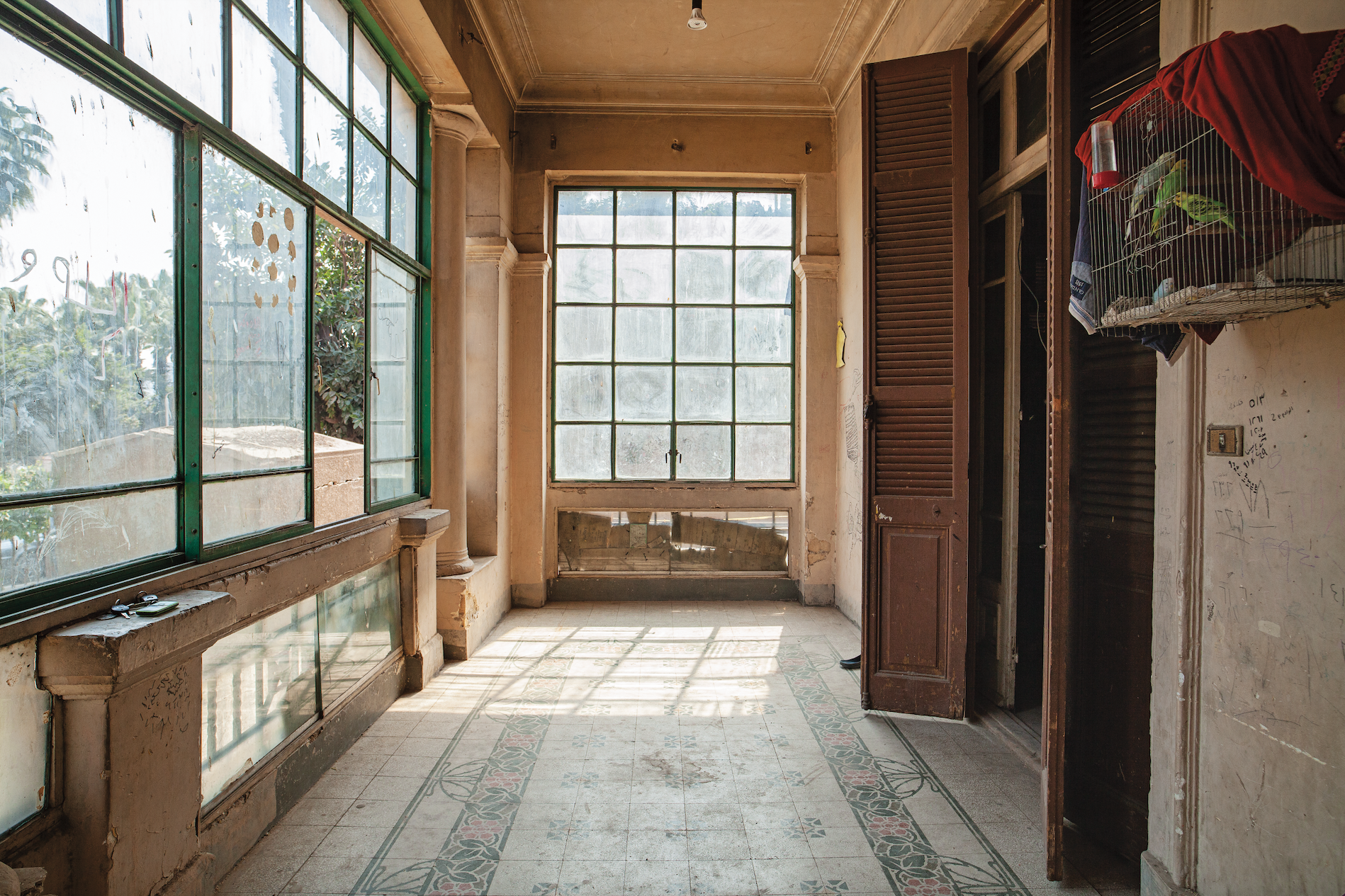 The growing public interest in heritage design, whether its interiors or architecture, has not only encouraged Nikolskaya to reuse images from the previous title but - almost a decade later - led her to continue her photographic endeavour. “Back in 2006, I did not know where this fascination would lead me, nor that it would attract interest from such diverse social groups and specialists of various kinds,” the book’s preface reads. “When I was putting together the first edition of Dust, I could only include a certain number of pictures, since the very idea of the book was regarded as challenging, complex, and difficult to label.”
The growing public interest in heritage design, whether its interiors or architecture, has not only encouraged Nikolskaya to reuse images from the previous title but - almost a decade later - led her to continue her photographic endeavour. “Back in 2006, I did not know where this fascination would lead me, nor that it would attract interest from such diverse social groups and specialists of various kinds,” the book’s preface reads. “When I was putting together the first edition of Dust, I could only include a certain number of pictures, since the very idea of the book was regarded as challenging, complex, and difficult to label.”
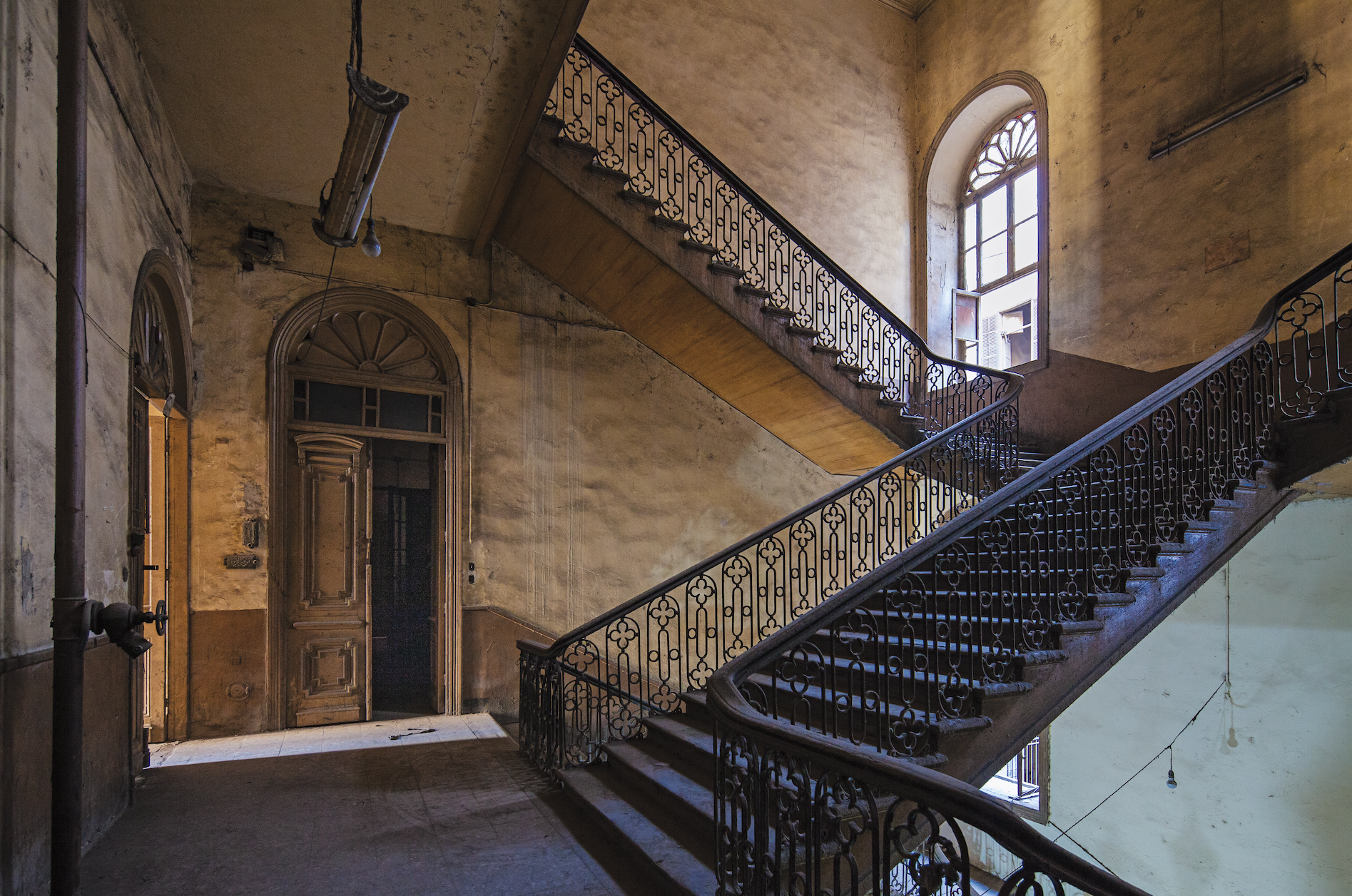 To Nikolskaya, dust created a vintage effect that supplemented her technical ability in beautiful imagery. The fine particles of dust had hues subdued and highlights reduced, making her images appear as old paintings that capture still moments in time. The photographer goes on to paraphrase the words of a friend, “What is bad for people is good for photography: dust, dust, dust.”
To Nikolskaya, dust created a vintage effect that supplemented her technical ability in beautiful imagery. The fine particles of dust had hues subdued and highlights reduced, making her images appear as old paintings that capture still moments in time. The photographer goes on to paraphrase the words of a friend, “What is bad for people is good for photography: dust, dust, dust.”
- Previous Article The Enduring Charm of Jeddah’s Old Town of Al Balad
- Next Article Spirit & Style: MF Associates Encapsulate Urban Life in Sachi






